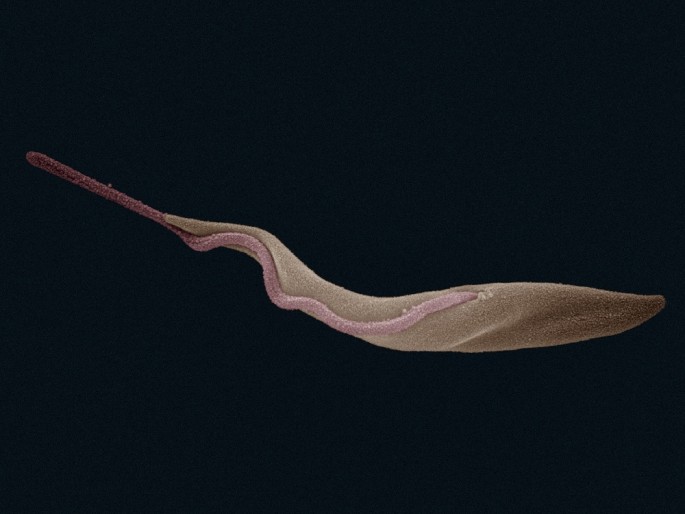Scientists have designed breakthrough microscopic robots that can circulate the bloodstream and target diseased or infected cells to administer drug deliveries and also, to perform invasive and complex surgeries that are too minute and risky to be performed by surgeons.
The team of scientists from the Swiss Federal Institute of Technology in Zurich and the Swiss Federal Institute of Technology in Lausanne have developed these new microbots which can be one step closer to nanosurgery.
According to co-author of the study, Mahmut Selman Sakar from the Swiss Federal Institute of Technology, movement is caused by the bacteria's body and flagellum, where this new method developed is tested on a variety of shapes and combinations to capture this bacteria motion capability. This new study also provides new insight about how bacteria moves inside the human body and how they can adapt to shifting microenvironments.
These microbots are made from biocompatible hydrogel and magnetic nanoparticles that are soft and flexible which does not require any motor mechanism. The magnetic nanoparticles can shape the bots as they move under the guidance of an electromagnetic field.
Researchers explain how these microbots work where the nanoparticles are first inserted inside the layers of the hydrogel. Next, an electromagnetic field is applied to organize the nanoparticles into the different parts of the microbot which follows a polymerization step to turn the hydrogel in its final, soild form. The microbot is then placed in water where it can fold in a specific manner based on the nanoparticle orientation found inside the gel that forms the final 3D structure of the microbot.
The microbot's prototype apparently possesses a flagellum similar to the Trypanosoma brucei parasite, that causes African trypanosomiasis or the African sleeping sickness, transmitted by the tsetse fly. Scientists hope to use the bacteria's distinct long form to clear up clogged arteries, which also allows the microbot to swim.
This new study is published in the journal Nature Communications.



























